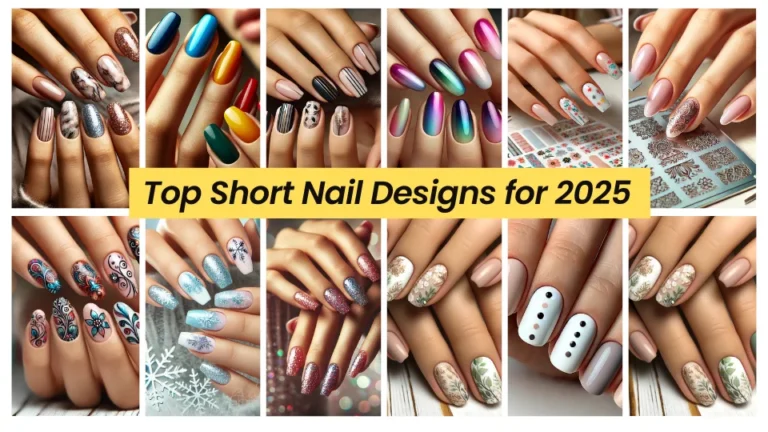The New Era of Diamonds: How Innovation and Transparency Are Redefining Jewelry

For decades, diamonds were all about tradition: mined deep underground, rare, expensive, and mysterious. But today, luxury is being redefined. Modern consumers don’t just want sparkle—they want meaning, ethics, and transparency in every facet of their jewelry. Enter lab-grown diamonds: beautiful, sustainable, and perfectly aligned with contemporary values.
These aren’t synthetic knock-offs—they’re real diamonds, created with precision in controlled environments. And they’re changing everything about how we think of luxury, style, and craftsmanship.






